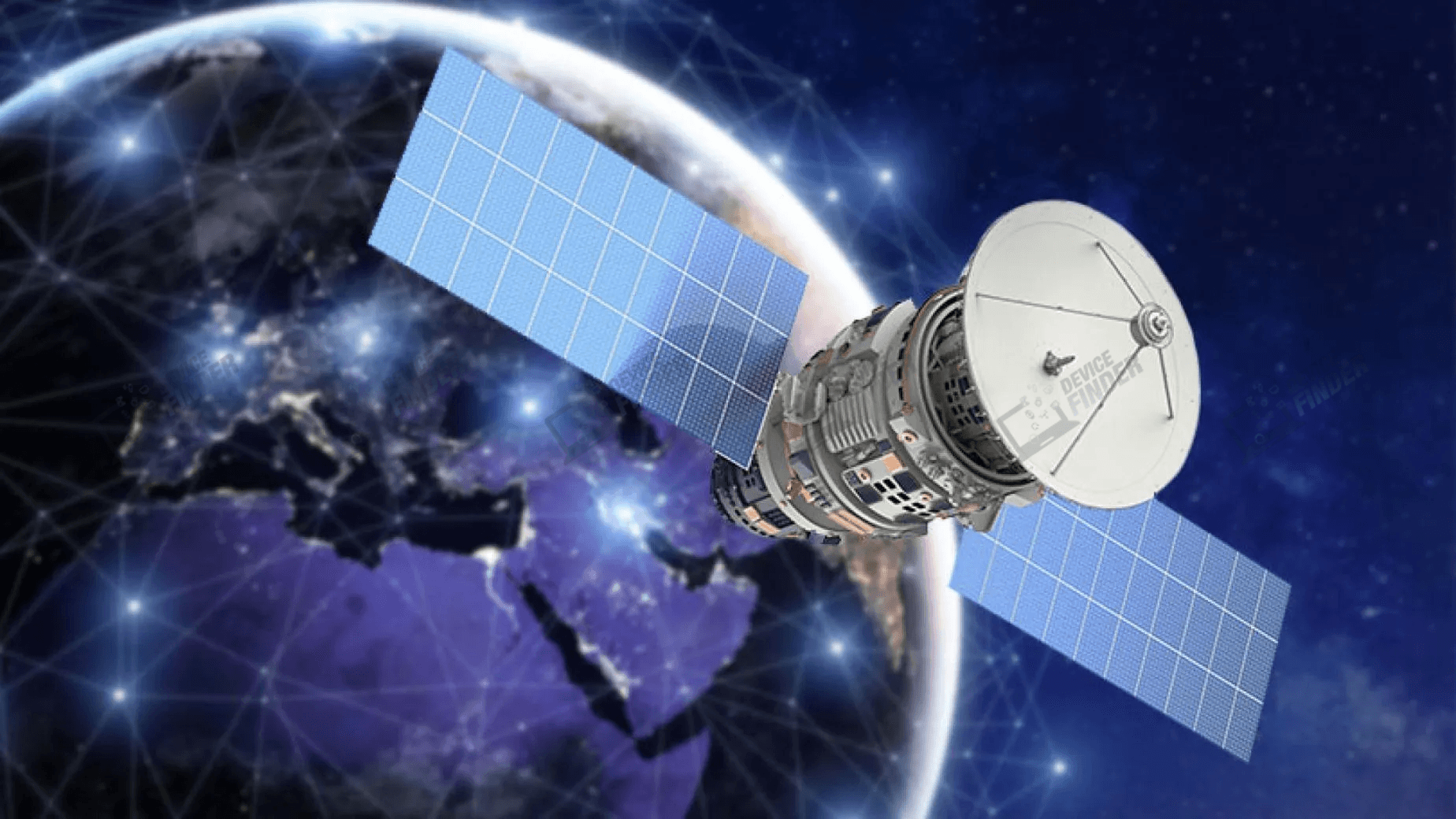
Why Satellite Internet Is Changing the Game for Remote Work?
Did you know you can get internet from the sky? This is called satellite internet. It does not need wires in the ground. A big machine in space sends a signal to a dish on your house. This helps people in faraway places access the internet as well. You can watch videos, play games, and talk to friends. You can also use Google’s AI overviews to ask questions and get smart answers fast. It’s like having a helper on your screen!
How Does Satellite Internet Work?
If you want to access the internet, you send a request from your device to a dish mounted outside of your house. The dish transmits the signal to a satellite orbiting in space. This satellite then sends the data to a ground station connected to the Internet. Data is sent back in the same manner, which allows you to send emails, load websites or participate in video calls. The entire process takes only seconds!
Why Is a Good Internet Connection Important for Remote Work?
Remote work is when you do your job outside of the office and often from home. It is essential to have a good internet connection because it benefits workers in the following ways:
-
Join video conferences without interruptions
-
Send and receive emails quickly
-
Download or upload important files
-
Online tools and apps are used by their employees.
A lack of reliable internet hinders communication and productivity.
Problems with Regular Internet in Remote Areas
Internet access is often delivered via telephone or cable lines. Installing these cables is expensive, especially if you live in a remote area like a mountain, farm, or island. Many people living in rural areas or remote locations don't get fast or reliable internet.
How Does Satellite Internet Solve These Problems?
Satellites in orbit around the Earth transmit internet signals to your home. You don't have to use cables. You can access the internet from anywhere if you have a satellite and a modem. It is now possible for people who live far away from their workplace to work remotely.
The Rise of Low Earth Orbit (LEO) Satellites
Satellite internet used to be placed at a distance of about 22,000 miles from the Earth. Due to this, the internet speed was slower and there were delays. Now, companies such as SpaceX's Starlink, OneWeb and Amazon's Project Kuiper launch satellites in orbits between 300 and 1,200 miles above the Earth. Low Earth Orbit satellites are what they're called.
Benefits of LEO Satellites:
-
Internet speeds up to 100 Mbps
-
Video calls are smoother with lower delay times (latency).
-
Better reliability, even during busy internet use times
LEO satellite systems are designed to bring internet access to all areas of the world, including remote and underserved regions.
How Fast Is Satellite Internet?
Satellite internet speeds can vary depending on location and provider, but here are some numbers to get you started:
-
Satellites older than geostationary satellites offer speeds between 10 and 25 Mbps.
-
Newer LEO satellites like Starlink offer speeds ranging from 50 Mbps to 200 Mbps.
-
Video calls and gaming are possible with LEO satellites because of the low latency.
Satellite internet is catching up to the speeds of home broadband internet in cities, which are typically 100-300 Mbps.
Benefits of Satellite Internet for Remote Work
- Accessibility: Remote areas can still join the global workforce even if they don't move to the cities.
- Flexible: Flexible workers may choose to live anywhere they wish and still be connected.
- Support Education and Health: Telemedicine and online learning are possible with satellite internet, improving the quality of life for rural residents.
- Business Development: Small businesses can reach clients worldwide, even in rural areas.
- Emergency Communications: Satellite Internet works during natural catastrophes where cables may be damaged.
Examples of Satellite Internet Providers
-
Starlink by SpaceX: Launched thousands of LEO satellites and provides high-speed Internet worldwide.
-
OneWeb Another LEO: Satellite Internet provider that offers global coverage.
-
Viasat & HughesNet: Traditional geostationary satellite internet, primarily in North America.
-
Amazon Project Kuiper: Future LEO satellite internet project that will compete with Starlink.
Costs and Challenges of Satellite Internet
-
Cost: Internet is very important today, but many people find it too expensive.
-
Weather Effects: Storms or heavy rain can cause the signal to weaken, resulting in slower speeds or a temporary loss of connectivity.
-
Data Caps: Certain satellite plans have data limits, which means you can only use so much internet per month before the speeds slow or additional charges are applied.
Why Satellite Internet is Especially Important Now?
The COVID-19 epidemic showed how vital reliable internet was for remote work, online education, and telehealth. People who worked or studied from home had to struggle because they didn't have good internet. Satellite internet has helped to fill the gap, and will continue.
The Future of Satellite Internet and Remote Work
Internet speeds will increase as satellite technology advances and new satellites are launched. Satellite internet prices may decrease, making it more affordable to everyone.
This means:
-
Many people living in rural or remote areas can now work from home.
-
Talent can be hired from all over the world.
-
Online access will help improve education and healthcare.
-
The digital divide between urban and rural areas will narrow.
Conclusion
Satellite internet allows people to connect no matter where they are. Remote work is now possible for those who previously could not. Fast internet in space would allow people to send emails, join video calls and grow their business without having to move into the city. Satellite internet is becoming more reliable and affordable each year, despite some challenges.
Satellite internet is more than just a way to watch videos and play games. It's a tool that can help people get work done from anywhere, improve their health, support education, and open up new possibilities. Satellite internet has changed the way remote workers can work.
FAQs: Why Satellite Internet Is Changing the Game for Remote Work?
1. Why is satellite internet good for remote work?
Because it works almost anywhere, even in the middle of nowhere. If you live in a place with no cable or fiber internet, satellite can still get you online.
2. Is satellite internet fast enough for work stuff?
Yes! New satellite internet (like Starlink) is fast enough for Zoom calls, sending big files, and using Google Docs or other work apps.
3. Can I trust satellite internet to work all day?
Most of the time, yes. It's way better now than it used to be. It usually works well for full-time work, unless there's really bad weather or a lot of people using it at once.
4. Are there any problems with satellite internet?
A few. Sometimes the speed drops if many people are online, and storms or heavy snow can mess with the signal. Some plans also have data limits.
5. Is the internet delay (lag) a problem?
Not with newer satellite internet. Old systems had a big delay, but new ones are much faster and feel more like regular Wi-Fi, so things like video calls work fine.
6. Is it worth the money?
If you can't get good internet where you live, then yes, it's a great option. It might cost a bit more at first, but it gives you the freedom to work from almost anywhere.









